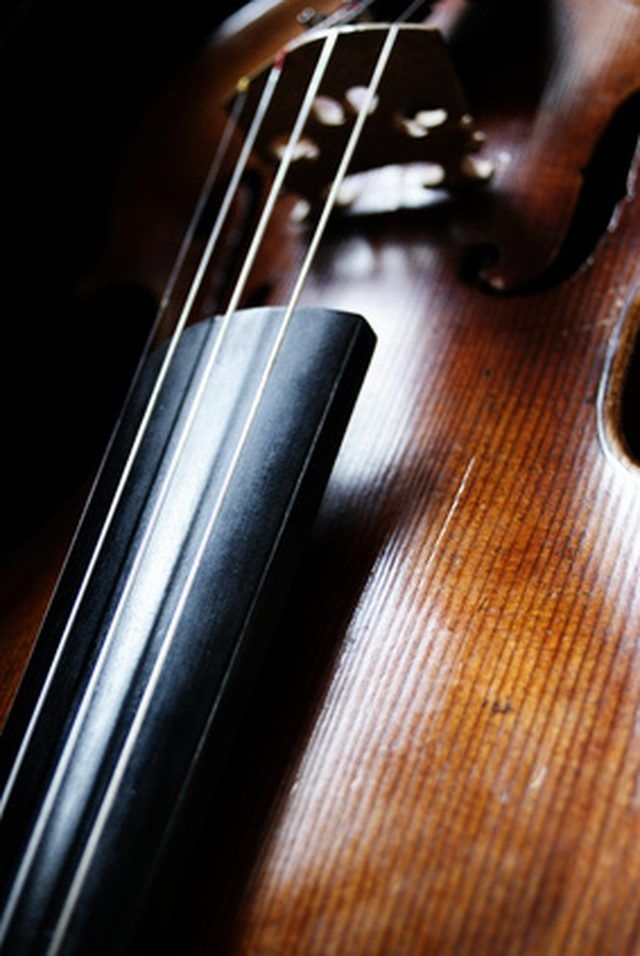Bulbs
Flower Basics
Flower Beds & Specialty Gardens
Flower Garden
Garden Furniture
Garden Gnomes
Garden Seeds
Garden Sheds
Garden Statues
Garden Tools & Supplies
Gardening Basics
Green & Organic
Groundcovers & Vines
Growing Annuals
Growing Basil
Growing Beans
Growing Berries
Growing Blueberries
Growing Cactus
Growing Corn
Growing Cotton
Growing Edibles
Growing Flowers
Growing Garlic
Growing Grapes
Growing Grass
Growing Herbs
Growing Jasmine
Growing Mint
Growing Mushrooms
Orchids
Growing Peanuts
Growing Perennials
Growing Plants
Growing Rosemary
Growing Roses
Growing Strawberries
Growing Sunflowers
Growing Thyme
Growing Tomatoes
Growing Tulips
Growing Vegetables
Herb Basics
Herb Garden
Indoor Growing
Landscaping Basics
Landscaping Patios
Landscaping Plants
Landscaping Shrubs
Landscaping Trees
Landscaping Walks & Pathways
Lawn Basics
Lawn Maintenance
Lawn Mowers
Lawn Ornaments
Lawn Planting
Lawn Tools
Outdoor Growing
Overall Landscape Planning
Pests, Weeds & Problems
Plant Basics
Rock Garden
Rose Garden
Shrubs
Soil
Specialty Gardens
Trees
Vegetable Garden
Yard Maintenance
Interesting Facts About Spruce Trees
Interesting Facts About Spruce Trees. The spruce tree is embedded in North American culture and mountain landscapes. Many states claim a type of spruce as their state tree---the Alaskan state tree is the Sitka spruce; the Colorado state tree is the Colorado blue spruce; the South Dakota state tree is the Black Hills spruce; and the Utah state tree...

The spruce tree is embedded in North American culture and mountain landscapes. Many states claim a type of spruce as their state tree---the Alaskan state tree is the Sitka spruce; the Colorado state tree is the Colorado blue spruce; the South Dakota state tree is the Black Hills spruce; and the Utah state tree is the blue spruce.
Spruce Tree Characteristics
Spruce trees are hardy evergreens primarily found throughout countries in the northern hemisphere. Unlike pine or fir trees, spruce trees produce single needles along the branches, leaving a small base from the stem if the needle falls from the tree, and the cones hang from the branches up to several months after they are ripe.
Spruce Tree Types
Varietes include the black spruce, red spruce and the white spruce, named for their needle or cone color. Other common varieties are the Oriental spruce, Japanese spruce, Himalayan spruce, Norway spruce, Colorado spruce, Colorado blue spruce, Serbian spruce and the Sitka spruce, named for their native locations. The largest is the Sitka spruce, and the world's largest Sitka spruce is 191 feet tall with a circumference of 58 feet. The oldest recorded spruce was a white spruce at 852 years old.
Spruce Tree Uses
Spruce wood has long been used for a variety of purposes, including lumber; boxes and crates; to create musical instruments including Stradivari violins; to build ship masts; to make burgundy pitch from the Norway spruce; and to make tannin from spruce bark extract. Young growth is used to make spruce beer. The resin is an ingredient in many ointments and oils to relieve muscle tension, rheumatism, and to increase circulation.
The Spruce Tree and Christmas
Every year people purchase several varieties of spruce trees sold in mass quantities as Christmas trees. The United States National Christmas Tree is a living Colorado blue spruce adorned with decorations each holiday season and surrounded with festivities. Every year, Norway gifts New York city with a Norway spruce placed in the middle of Rockefeller Center.
Miscellaneous Spruce Tree Facts
Cultures have held the spruce as a protective tree. The spruce tree was once a symbol of the protective female element, a tree of life, and mother tree; they maypole often was made of spruce. Some towns in Bavaria still practice this tradition.